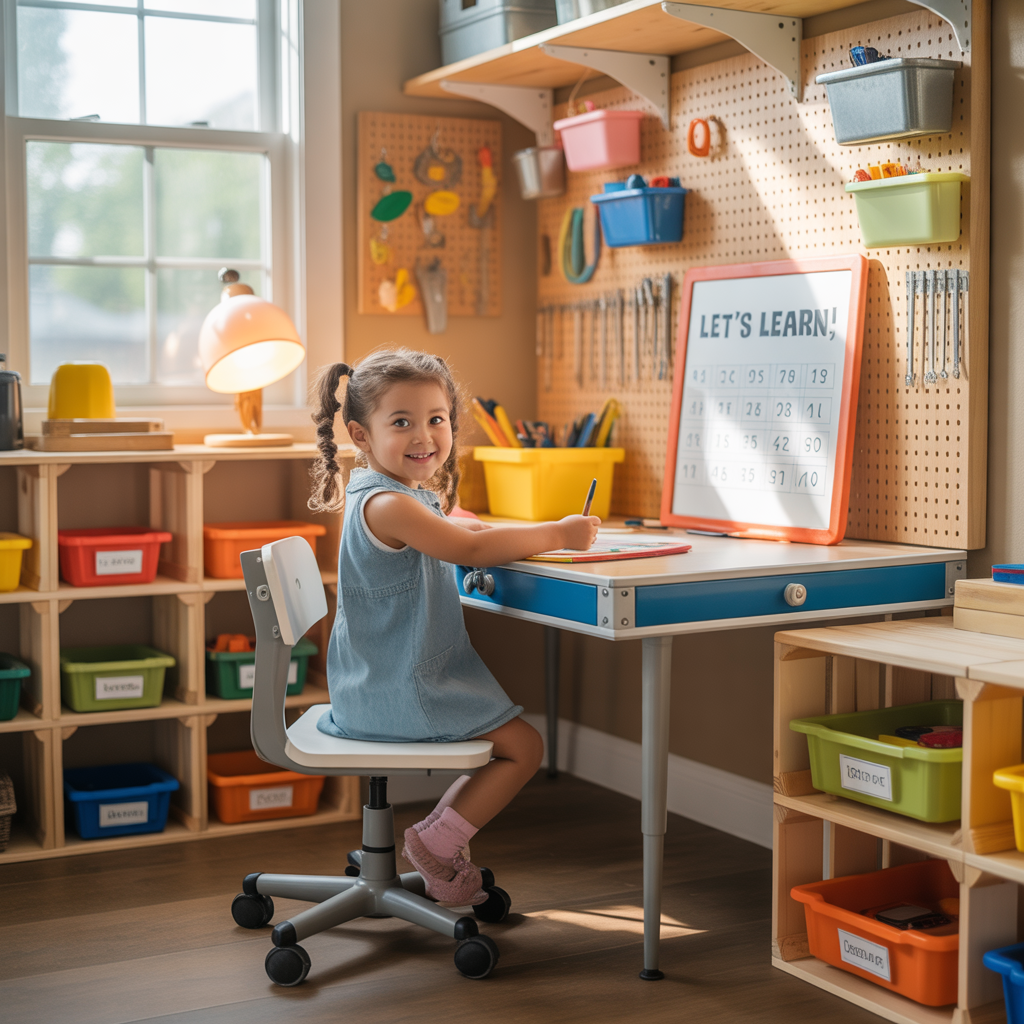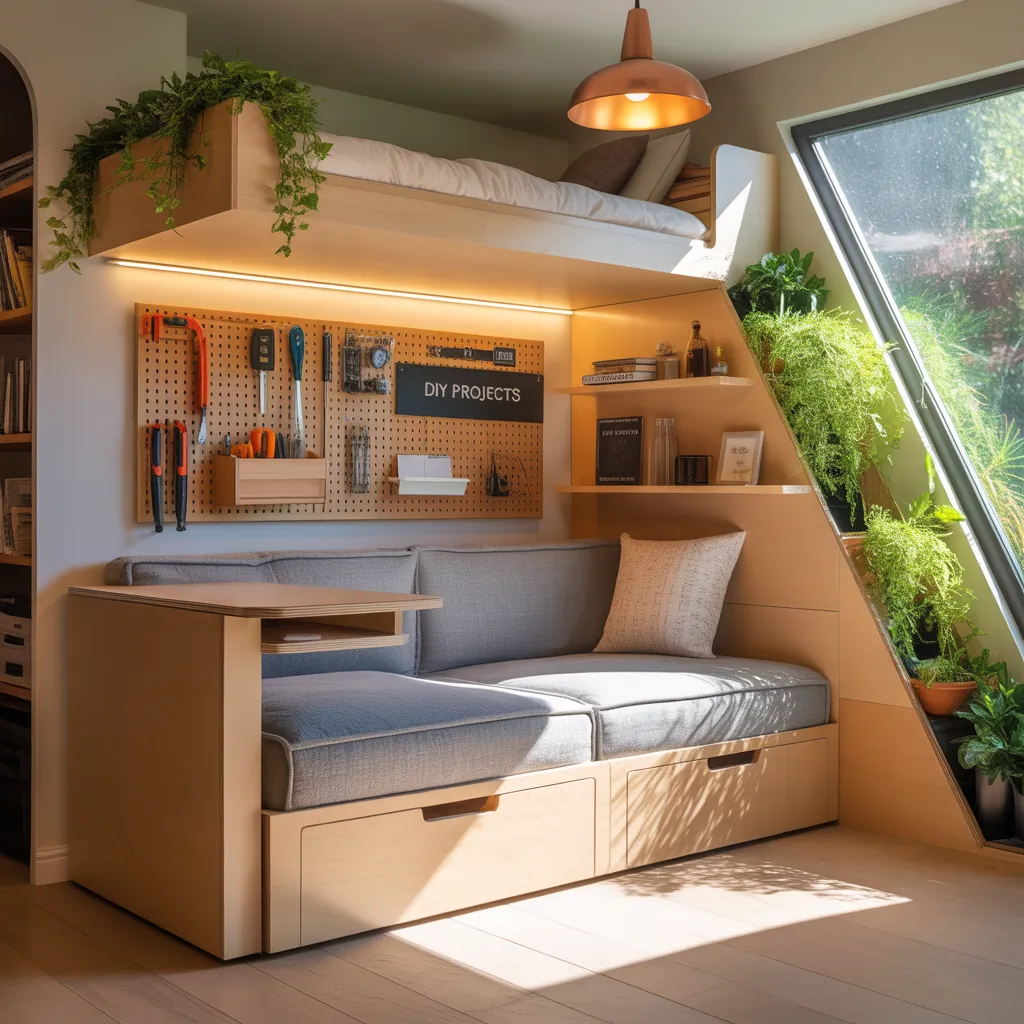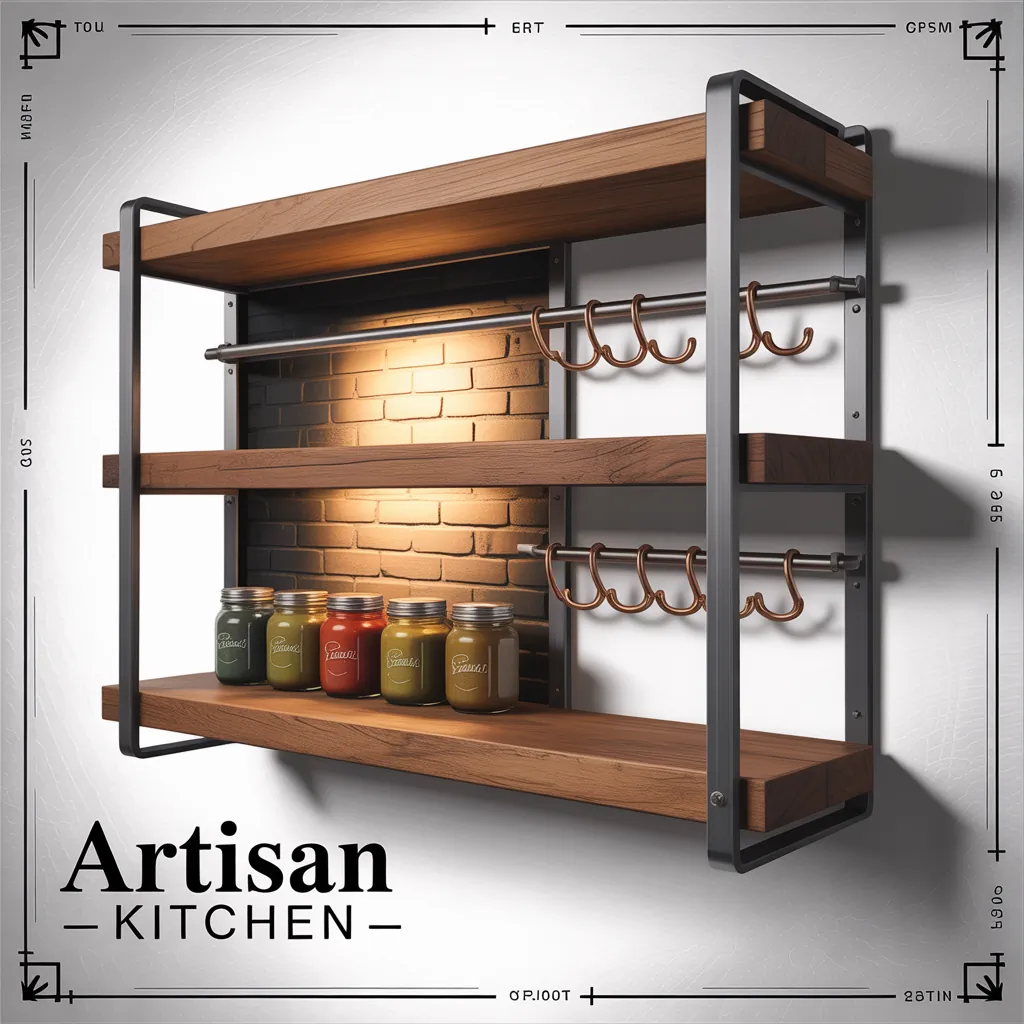Ever cleared the dining table for dinner only to find math worksheets, craft paint, and Lego bins staged like a tiny obstacle course? If you’ve ever wished you could press a button and have everything magically sorted into neat learning zones, you’re not alone. As a DIY-loving home improvement blogger, I’ve turned chaos into calm in dozens of homes with small projects and smart storage — and these ideas for homeschool organization will help you do the same.
Start Smart: Assess Your Homeschool Needs
Before buying baskets or building shelves, take 15 minutes to audit how your family uses the space. Ask:
- How many kids use the space and what ages are they?
- Which subjects require the most supplies (art, science, reading)?
- Do you need quiet study spaces, a craft zone, or a flexible area that converts to dining?
Knowing your flow helps you choose storage solutions, designate a homework zone, and prioritize which DIY projects to tackle first.
Top Ideas for Homeschool Organization (Real DIY & Design Tips)
1. Create Defined Learning Zones
Divide one room into purposeful zones: a focused desk area for older kids, a hands-on craft station for younger ones, and a reading corner. Use rugs, shelving, or a painted accent wall to visually separate zones. A clear layout reduces distractions and helps kids settle into the right mindset.
2. Build a Rolling Supply Cart (Step-by-Step)
Rolling carts are versatile and budget-friendly — perfect for shared supplies that can be moved between rooms.
- Buy a sturdy 3-tier rolling cart or repurpose an old bedside table with casters.
- Give it a coat of washable paint and add removable labels to each shelf for markers, paper, and scissors.
- Top with a small caddy for frequently used items (glue sticks, timers).
- Roll the cart out of sight at dinner, or tuck under a desk when not needed.
3. Install a Wall-Mounted Clipboard Station
Mount a row of clipboards on the wall to hold daily schedules, assignment sheets, and inspirational quotes. This DIY feature keeps papers visible and organized — and it’s an instant command center for a homeschool routine.
4. Use Clear Bins, Labels, and Color-Coding
Transparent storage makes it easy to see what’s inside at a glance. Combine with color-coded labels: blue for math, green for science, yellow for art. For multi-child households, assign each child a color or a labeled bin to store their personal materials.
5. Design a Cozy Reading Nook
A small corner with soft seating, a book ledge, and a warm lamp encourages reading. Build a low-profile bookshelf or wall-mounted ledges to display favorite books face-out — this doubles as decor and a reading display, encouraging kids to choose books independently.
6. Portable Homeschool Bins for Each Child
For families that share spaces, give each child a portable tote stocked with their current lessons, pencils, notebooks, and headphones. At the day’s end, have a 10-minute tidy ritual to return bins to their shelf. This creates ownership and simplifies transitions.
7. DIY Desk Upgrades and Small-Scale Builds
Simple upgrades can transform an ordinary table into an organized workstation:
- Add a cord-hovering channel for chargers and a small pegboard for scissors, rulers, and washi tape.
- Build a lap desk with a foam base and wood top for flexible learning on the couch.
- Repurpose an old dresser by converting drawers into subject-specific storage (label the outside for quick access).
8. Maximize Vertical & Hidden Storage
When floor space is tight, think vertical: floating shelves, wall-mounted book rails, and pegboards free up surfaces. Use the tops of cupboards and closets for seasonal or rarely used materials. Closet conversions can become compact instruction hubs with a fold-down desk and labeled bins.
9. Create a Visual Schedule Wall
A large dry-erase board, chalkboard wall, or magnetic weekly planner keeps everyone on track. Post the daily routine, subjects, independent tasks, and a time-blocked schedule so kids learn time management skills. Include a “finished” column to celebrate completed work.
10. Tech & Charger Organization
Designate a charging station for tablets and laptops with cable clips and a surge protector. Label charging cords and use a small basket for earbuds. Keep devices in a contained area during independent work to reduce distractions.
Budget-Friendly Materials & DIY Supply List
Most projects use basic materials you can find at a hardware store or repurpose from around the house:
- Rolling cart or small utility shelf
- Clipboards, mason jars, and caddies
- Paint, removable wallpaper, and washi tape for easy decor upgrades
- Pegboard, hooks, and baskets
- Labels and a label maker or printable templates
Thrift stores, yard sales, and upcycling furniture saves money and adds character. A fresh coat of paint and new hardware can make an old piece feel brand new.
Practical Daily Habits to Keep Organization Working
- End-of-day 10-minute reset: tidy supplies, return bins, wipe the table.
- Weekly purge: recycle finished worksheets, consolidate partially used materials.
- Rotate craft supplies to keep creativity fresh and reduce clutter.
- Set simple rules for shared spaces (noise levels, clean-up expectations).
- Use a homeschool planner or digital app to track long-term goals and curriculum progress.
Design Inspiration: Styles That Work for Learning Spaces
Choose a cohesive look that fits your home: Scandinavian minimalism for calm, cottage-core for cozy creativity, or modern industrial for an energetic, tool-friendly room. Small touches — like matching baskets, a statement light fixture, or framed student artwork — turn a functional area into a space kids are proud to use. For hands-on projects and furniture ideas try browsing our DIY projects and home design ideas pages for step-by-step inspiration.
Frequently Asked Questions
Q: How do I organize homeschool supplies for multiple children?
A: Assign each child a color or a dedicated bin/tote and equip shared areas like the craft cart with labeled compartments. Use a central schedule wall so everyone knows when they use shared spaces and set clear end-of-day cleanup routines.
Q: What are the best homeschool organization ideas for small spaces?
A: Maximize vertical space with wall shelves and pegboards, convert a closet into a micro classroom, use under-bed storage, and invest in multi-purpose furniture like fold-down desks or a rolling cart that tucks away when not in use.
Q: What low-cost DIY solutions help keep homeschool areas tidy?
A: Repurpose jars and caddies for supplies, install inexpensive pegboard for tools, use clipboards for visible assignment holders, and upcycle old furniture with paint and new hardware. A label maker and clear bins go a long way for visual order.
Wrap-Up: Try One Idea This Weekend
Whether you build a rolling supply cart, install a clipboard wall, or create color-coded bins, these ideas for homeschool organization make learning smoother and home life calmer. Pick one small DIY project, set aside a few hours this weekend, and reclaim your table. Want more hands-on upgrades? Explore our DIY projects and kitchen upgrades pages for related home improvement tips that fit your style.
Call to action: Try one of these homeschool organization projects today — take a before-and-after photo and see how much more productive and peaceful your learning space can be. Share your results or questions in the comments so we can help you refine the plan.



